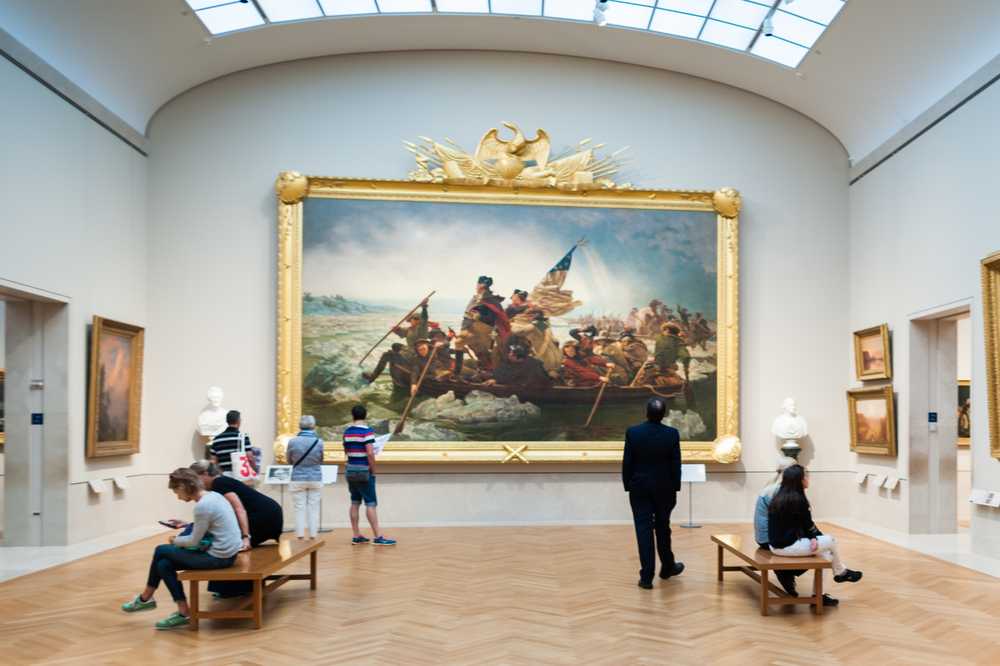Met Museum Sculpts Inspiring Plan to Address New Admissions Policy

Last week, New York’s Metropolitan Museum of Art announced a new policy that means out-of-staters will — for the first time in 50 years — pay a mandatory admission fee. While some grumbling continues, the institution’s careful planning allowed it to avoid a backlash that could have expanded into a full-blown crisis.
The museum announced the change in a press release on Jan. 4. It’s clear the Met knew the policy switch could potentially harm its reputation: The press release contained a whopping 19 paragraphs and 1,655 words.
In it, the Met argued cogently for the change from its current donation system. For example, it wrote, “The Met is the only museum among its local and international peers that does not have some type of mandatory admission fee or that does not receive the majority of its funding from the government.”
It included statistics, such as that only 17 percent of adults pay the full suggested donation ($25), down from 63 percent in 2004, and that the average contribution fell to $9. It said the mandatory fee would affect 31 percent of visitors.
It included details on what will and won’t change. While out-of-state adults will be charged $25 starting March 1, admission for all New Yorkers and students from New Jersey and Connecticut will continue to be pay-as-you-wish. The full-price admissions will be good for three days at the Met’s three locations.
The museum noted that all visitor-facing staff and volunteers will undergo training on the new policy in time for its March implementation.
One criticism: A lot of the press release’s paragraphs and words were taken up by dishwater-dull canned quotes from Met President and CEO Daniel Weiss and assorted dignitaries (the main Met location is in Central Park) that simply reiterated that the new policy would keep the museum financially kicking and breathing.
Specific Concerns
In addition to releasing the statement, the Met wisely publicized it through three tweets the same day. It also used Twitter to address specific concerns expressed in reply tweets from the public. These included treatment of certain people such as educators (free admission for lesson planning), international students studying in New York (still pay-as-you-wish), and military members (the Met already participates in a program that covers them).
This isn’t to say the institution experienced no pushback. While The New York Times, gave the switch lengthy and balanced coverage, its chief art critics also opined that it was a mistake, though the paper reported that reader response was divided. Arts writer Jillian Steinhauer bemoaned the new policy in a CNN opinion column. Slateheadlined that “New York City Burns a Little Less Bright”: “It will also deprive New York of one of its most extraordinary, egalitarian traditions, a rare offering that had lingered from the city’s fading commitment to common public life.”
The Guardian on Jan. 8 reported on the “backlash,” but also quoted the Met’s Weiss confidently defending the policy. The next day, arts website Hyperallergic ran a Q&A with Weiss in which he defended it at greater length, stating that “for various reasons, over the past 10 or 12 years, the pay-as-you-wish policy has failed.”
So, the Met Museum, a not-new institution that one wouldn’t immediately guess would be so agile in handling such a sticky situation, in fact was. It provided a good example of communications that avoided a crisis.
In its press release, the Met said it “will be taking a number of measures to communicate the new policy.” We look forward to seeing that.
Photo Credit: Anton Ivanov/Shutterstock
This is an abridged version of an article that appeared today on the CrisisResponsePro paid subscription portal. (CrisisResponsePro subscribers can access the full version by clicking here. ID and password are required.) To take advantage of all of the content, data, and collaborative resources CrisisResponsePro has to offer, contact us at info@crisisresponsepro.com.




 Back to Blog
Back to Blog